What to expect from resort real estate?
According to Mr. Pham Van Dai - Head of Research Department, Savills HCMC

Vietnam is experiencing a tourism boom thanks to low-cost airlines, improved technology in the tourism industry, visa exemption policies, reduced language barriers, and an increase in demand for experiential travel and exploration of new countries and destinations.
The rate of international tourists to Vietnam grew at about 28% in 2017, the highest rate in Asia. This growth rate is even higher than the record rate of 26% in 2016. Key tourism markets such as China, South Korea, and Russia all grew rapidly and steadily. Opening new direct international flights and making it easier for international tourists to travel will help Vietnam maintain its competitiveness with other countries in the Southeast Asian region.
Many experts assess that 2017 is a favorable year for hotels in the two main cities of Hanoi and Ho Chi Minh City. The combination of increased demand from leisure and business travelers and a shortage of supply has helped hotels in these two cities achieve better occupancy and business results than the targets set at the beginning of the year. Because the number of new supply entering in the coming years in Hanoi and Ho Chi Minh City is not much, investors can consider developing hotels thanks to the profit potential as well as diversifying their real estate investment portfolio.
The tourism industry continues to be a potential source of income for Vietnam, as demand for accommodation continues to increase, with many promising new projects expected to enter the market in the coming years.
Potential and challenges
Besides the positive signals, there are still many considerations for investors about expected performance and budget sources for the project in the coming years.
Most of the new supply is concentrated in coastal destinations and the number of condotels currently exceeds the number of resort hotel rooms, which can easily lead to high risks in room price competition, especially in the event of a drop in demand.
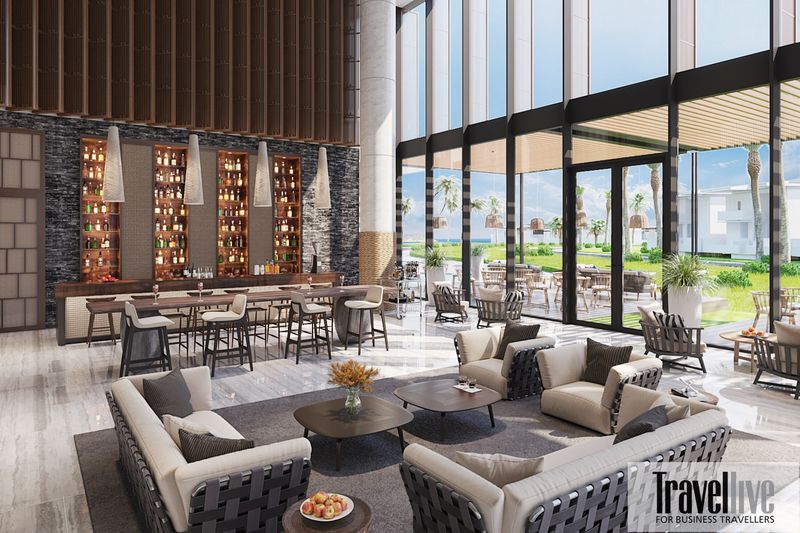
In addition, some investors are not careful in the planning and positioning of their projects; they simply focus on developing high-rise buildings to increase the number of rooms without considering how to increase the value of their project area. For long-term development and sustainable growth, the Vietnamese resort industry needs to be planned for comprehensive and synchronous development.
Besides the impressive numbers of tourists, the business results of hotels and resorts in different markets also improved but not commensurate with the growth rate of demand.
Second home
Second homes are becoming a popular trend nowadays. As of August 2017, there are about 42 Second Home projects operating in the Vietnamese market, providing more than 9,700 units with moderate to high-end prices, mainly concentrated in six coastal locations (Khanh Hoa, Da Nang, Phu Quoc, Ho Tram, Ha Long & Quang Nam) including more than 19,200 units to be put on the market within the next 3 years.
Condotels are currently the most popular type of Second Home products. Specifically, by 2019, condotels will account for 80% of Second Home supply in major coastal markets. One of the main reasons for the popularity of the Condotel model in Vietnam in recent times is the combination of growing confidence in resort real estate and the desire to shorten the payback period of investors.
However, in Vietnam, Second Home and Condotel products are considered investment products rather than “lifestyle products” with the main purpose of being for vacation. The reason is that fierce competition in sales has affected the product promotion methods of the Investor.
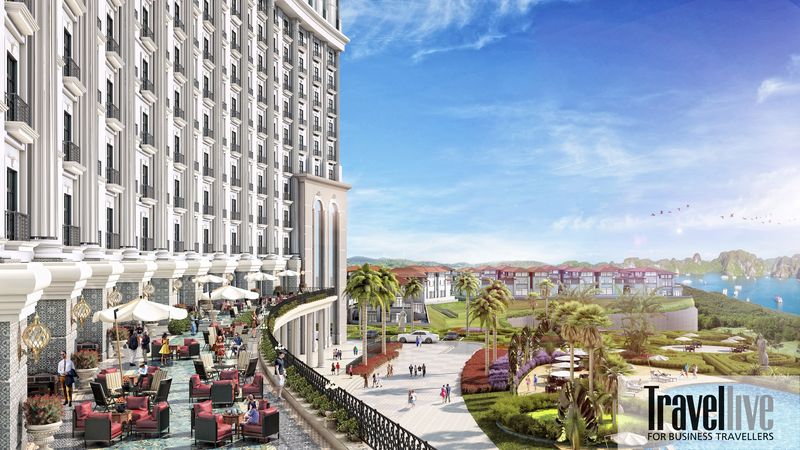
To boost sales, some projects have adopted profit commitment programs, putting pressure on other investors with smaller project sizes to offer similar profit commitments to keep up with competitors. More and more projects are being announced, trying to surpass previously launched projects in terms of scale and profit commitment level. These profit commitment products become especially risky for buyers if less experienced investors develop large-scale projects without sufficient capital capacity or without bank support.
Normally, Condotel and Second Home products will hardly be able to generate attractive profit margins because the characteristics of this product require Condotel and Second Home projects to have facilities and operational capabilities like a normal hotel & resort project to be able to compete with other hotels and resorts in the market. In addition, this profit margin also depends on market conditions, the use of the hotel apartment by the Owner and the management company's capacity to operate the project to achieve the expected profit level.
It can be said that 2018 is a very promising time for resort real estate, especially when the concept of "Special Economic Zones" is gradually taking shape in areas with great tourism potential.
The heat of the Tourism Real Estate market
From JLL's assessment
Vietnam’s tourism real estate market is growing strongly, so the hotel and resort sector has also received significant attention from foreign investors in the past 24 months. Vietnam has become a potential market in the Asia Pacific region.
According to statistics from the Vietnam National Administration of Tourism (VNAT), in 2017, Vietnam welcomed more than 12 million international tourists, an increase of 29.1% over the same period last year. Vietnam aims to welcome 20 million international tourists by 2020.
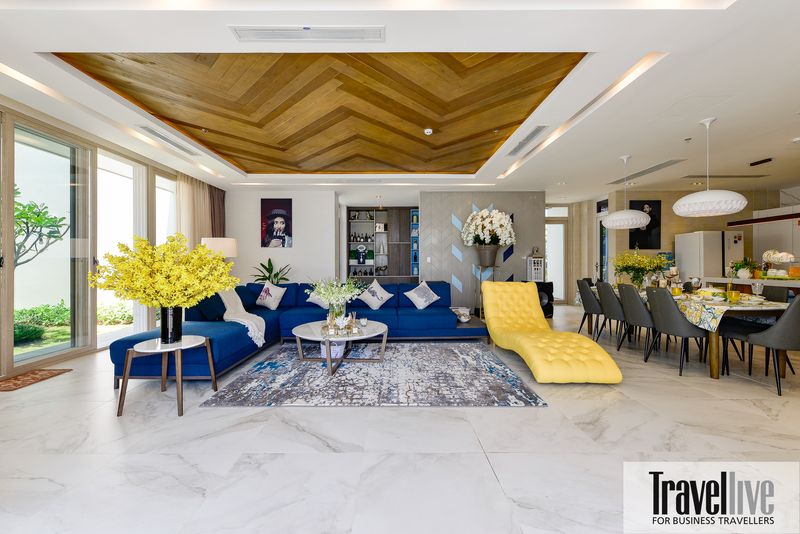
The tourism industry is expected to create 3.5 million jobs in the tourism industry, generating a total revenue of 35 billion USD, accounting for about 10% of Vietnam's GDP. By 2030, total tourism revenue is expected to double compared to 2020.
These seven tourist areas have been developed further thanks to their unique destinations. These areas will seek to offer a range of attractions to cater to a wider range of tourists.
Vietnam recently announced that it will extend its 15-day visa-free entry policy for citizens of Germany, France, the UK, Italy and Spain until the end of June 2018, while most Asian countries have already been granted visa exemptions and some other European countries have also been granted exemptions.
Tourist arrivals continue to rise in Ho Chi Minh City, with 2017 being a record year with 6.3 million arrivals, up 22.88% year-on-year. Ho Chi Minh City is also an entertainment destination with many museums, shopping areas and increasingly diverse culinary needs.
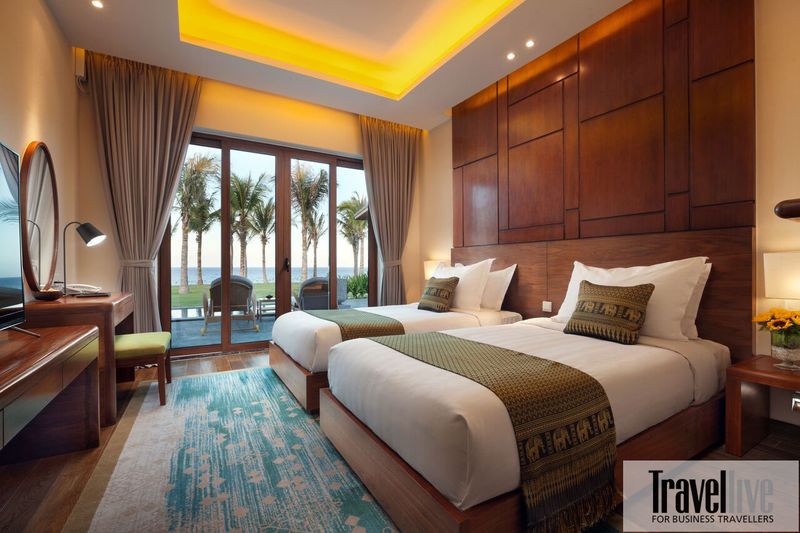
A series of high-end and luxury international hotel brands have been launched in Ho Chi Minh City. These include IHG, Accor, Marriott and Hyatt. Domestic hotel brands in this high-end segment in Ho Chi Minh City are also more popular than in Hanoi, creating a competitive advantage with international investors. Famous domestic brands include Revierie Hotel, Caravelle Hotel, Majestic Hotel, Rex Hotel.
Golf is another area that Vietnam is looking to grow in – four recent golf tournaments in Da Nang and Hoi An have seen a surge in Korean tourists, who flocked to the country to try their hand at these tournaments. This series of events comes after the Ho Tram Open, which was won by current Masters champion Sergio Garcia. The Ho Tram Open is Vietnam’s most valuable sporting event today, with a total prize pool of $1,500,000.

Due to the recent growth in international tourists, which has led to more promotional efforts, infrastructure improvements, human resource development and services in Vietnam, the outlook for the tourism and resort industry is bright.
Mr. Adam Bury – Senior Vice President, Investment Sales Asia, JLL
_result.jpg_1.jpg)
Mr. Adam Bury commented that the important point in Vietnam's tourism industry is whether tourists want to return to Vietnam or not. Taking Thailand as an example, tourists return to Bangkok very often. For example, people living in Singapore, when they take a vacation, they will visit Thailand for a while. Previously, tourists returning to Vietnam was not common, but the number of tourists returning to Vietnam is increasing. The potential of Vietnam tourism is clearly great, it is the most impressive tourism market in Southeast Asia.
Talking about potential cities for investing in tourism real estate, Ho Chi Minh City is a big market, including Hanoi. Next are Da Nang and Nha Trang, these two cities also have a lot of potential for developing tourism real estate.
There are ideas and forms of resorts that can be applied effectively if local project developers come up with bright business plans and prove their feasibility. Cities such as Ho Chi Minh City, Hanoi, Nha Trang, Hoi An are good markets to invest in. Some investors from Singapore also want to invest in Vietnam, but their obstacle is that they have not found many suitable locations.
Vietnam is obviously a country that attracts investment in tourism for investors. In terms of countries in the Asian region, Vietnam is ranked second when it comes to investment in tourism. The country that ranks first is Japan, partly because of the Olympic Games that will take place in Japan in 2020.
Vietnam is currently attracting not only foreign tourists but also domestic tourists. Vietnam's population is nearly 100 million people and the proportion of rich people in Vietnam is also increasing significantly, leading to an increase in people's travel needs. Therefore, the need for hotels to serve tourists is inevitable.
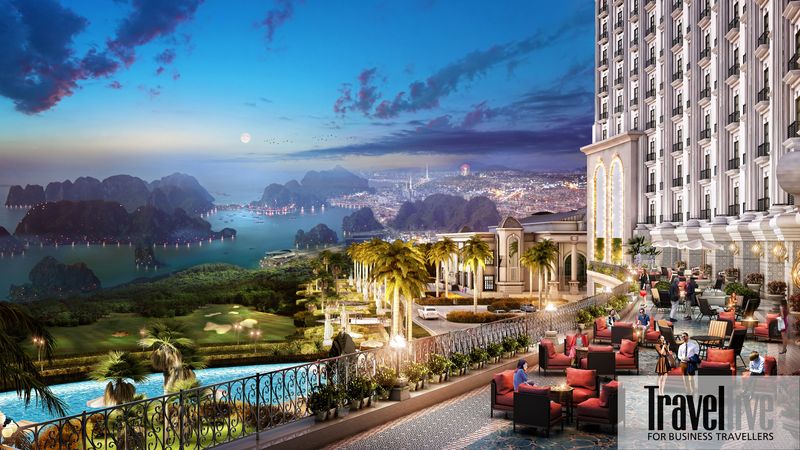
If individual investors want to invest in Condotel, the most important thing is still the reputation and capacity of the investor. Buyers often consider the reputation of the operating unit and the construction capacity of the project to see if it is feasible and reliable. In addition, buyers often care about the success of the previous projects of the operating unit.
Foreign investors have different perspectives and viewpoints when choosing to invest in Vietnam. For investors from Singapore and Hong Kong, when investing in Vietnam, they tend to invest short-term. They often operate Condotels for 3-5 years, then transfer them. In particular, investors from Korea, Japan and Thailand often research more carefully and are more cautious before investing. Therefore, they tend to keep the assets longer, operate them longer, in the range of 15-20 years.
Investment opportunities in tourism real estate in 2018
From the assessment of CBRE Vietnam
Mr. Nguyen Trong Thuc - Manager, Research and Consulting Department, CBRE Vietnam

Looking at the overall year 2017, among the three main markets (Da Nang, Nha Trang and Phu Quoc), the Da Nang market was particularly bustling with the next condotel sales of the super project Cocobay, or Pan Pacific villas. In Phu Quoc, the market was more vibrant than in 2016 with new projects managed by international brands such as InterContinental, Best Western Premier, Novotel, Movenpick, Wyndham. Many investors have expanded to new markets such as Ha Long, Quy Nhon, Ho Tram.
Commitment policies: Are they sustainable?
In the current competitive market situation, many investors often have attractive sales policies to attract buyers. A typical example: if the buyer participates in the Rental Program (which may or may not be mandatory), after receiving the condotel/villa, they will have to sign it back to the investor for operation, and will be shared 50-85% of the profits.
In addition, buyers have 15-20 days/year to use the condotel/villa, and in the first 5-10 years will receive a minimum profit commitment (5-12% of the condotel/villa value per year). Some investors even commit to buy back at 108% of the original value after the minimum profit commitment period expires.
It will certainly be difficult for the investor to ensure that the operating profit will be enough to cover the commitments to the buyer - profit sharing, minimum profit (especially high levels such as 11-12%), buyback commitment. Therefore, the investor often has to take into account these commitments in the selling price, which will be higher than without the commitment.

Many buyers may have thought about this issue, but having a high minimum profit commitment for 5-10 years from reputable investors still makes them feel more secure psychologically. On the other hand, in addition to the investment feature, resort real estate is also a product that reflects the buyer's lifestyle, so there are still many people willing to "put down money" for famous projects in beautiful locations.
In addition to its investment features, resort real estate is also a product that reflects the buyer's lifestyle, so many people are still willing to "pay" for famous projects in beautiful locations.
Currently, because these commitment policies have only emerged in the last 3 years, it is still impossible to verify the level of compliance of investors. However, in 2017, there was a project in Nha Trang - with a profit commitment of 15%/year - when it came into operation, the investor could not afford to pay, leading to anger from buyers. This investor later proposed to reduce the commitment to 8%/year, and the case is still in dispute, with no end in sight. This lesson reminds buyers to carefully consider the project's operational capacity after the sale is completed - usually if there is a reputable management unit operating together with the hotel category in the same project, buyers can feel more secure.
Vietnam tourism optimistic in 2018
In recent years, visa procedures to Vietnam have been significantly improved. If at the end of 2015, Vietnam exempted visas for citizens of 5 European countries, then 2017 was the first year of piloting the issuance of electronic visas for citizens of 40 countries (and just increased by 6 more countries according to a Resolution issued in December 2017). Regarding infrastructure, there are more and more international flights directly to key tourist destinations (such as Bangkok Airways with the Bangkok-Phu Quoc route or Thomson Airways with the London-Phu Quoc route).
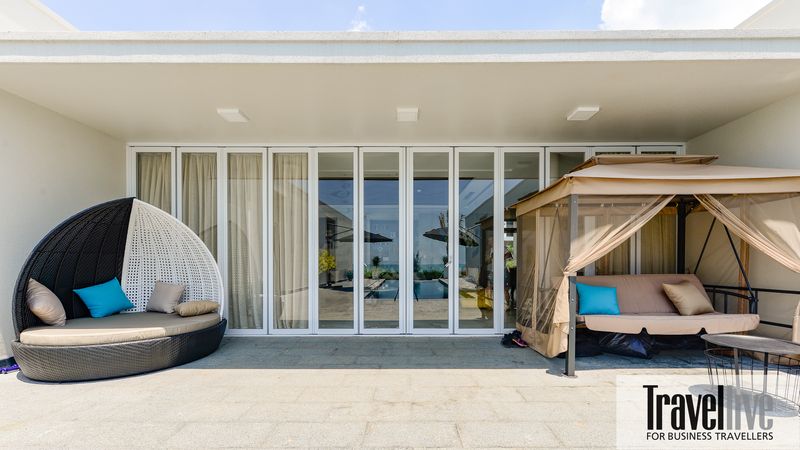
In the near future, Van Don International Airport is expected to be put into operation in the first quarter of 2018, adding more momentum for Quang Ninh tourism to take off. These signals will certainly create a solid foundation for Vietnam's tourism industry in 2018.
In the near future, it is expected that the southern coastal area of Da Nang extending to Hoi An, or the Cam Ranh area will be a bright spot in terms of resort real estate supply, as there is still vacant land waiting to be built. In addition, if the Law on Special Administrative-Economic Units is passed (expected in mid-2018), the Van Don, Bac Van Phong and Phu Quoc areas will attract more investors to seek land to develop tourism projects.
Legality for foreigners investing in resort real estate
In fact, foreigners rarely buy resort real estate due to legal issues. Because resort real estate, such as condotels, is a dual product, both residential land and commercial service land, there is no legal framework surrounding this product. In addition, according to the law, pink books cannot be granted to foreigners in areas that need to ensure national security, while in many localities these areas are not clearly designated. Therefore, many investors are not interested in marketing their products to foreign customers.
Resort real estate: Possibility of oversupply crisis?
Resort real estate only really exploded in the period of 2015-2016 along with the upward cycle of the real estate market in general. For investors, real estate for sale (such as condotels, resort villas) will often help investors recover capital faster than rental real estate (such as hotels, serviced apartments).
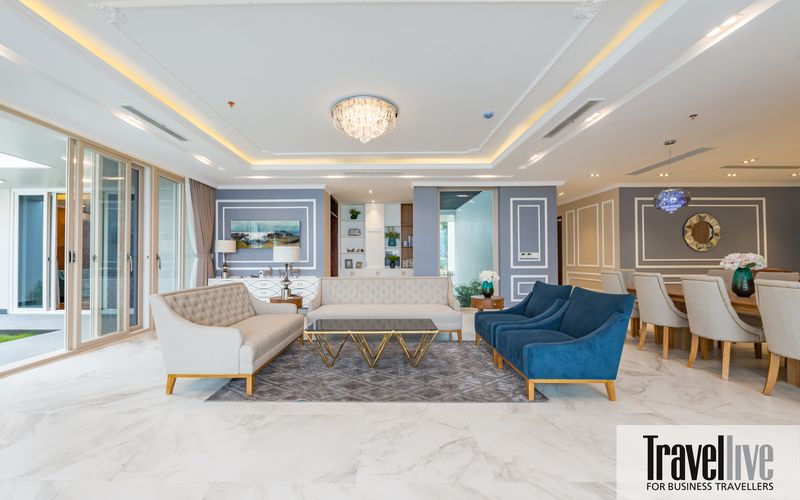
As Vietnam’s economy and tourism have been booming in recent years, and people’s incomes have been improving, more and more investors are showing interest in the resort real estate segment. This has helped increase demand and made many investors more confident in developing projects.
Most of the current projects are located in beautiful coastal locations, in the high-end segment, targeting buyers with high budgets. Projects from large investors such as Vingroup, Sun Group, Empire Group, CEO Group are still having good absorption rates, thanks to the reputation of the investors as well as a strong sales force.
Policies & solutions to promote the Tourism Real Estate market in the period 2018-2020
First, it is necessary to build a legal basis for resort real estate, clearly stating in which cases buyers will be granted certificates of land use rights, home ownership rights and other assets attached to land, increasing transparency for the market.

To ensure the bindingness of commitment policies, the management agency needs to require investors to have a bank guarantee. In case the investor cannot fulfill the obligation, the bank will compensate on behalf of the investor, minimizing the risk for the investor. When this requirement is made, investors will have to be more careful with their commitments, making the commitment levels more realistic. And only investors with real financial potential dare to offer attractive commitment levels.
Another very important factor is that tourism development must go hand in hand with environmental and landscape protection, preserving the “soul” of the place, and improving services. Because those are the factors that will keep tourists coming back.
Article: Bao Khuyen


































